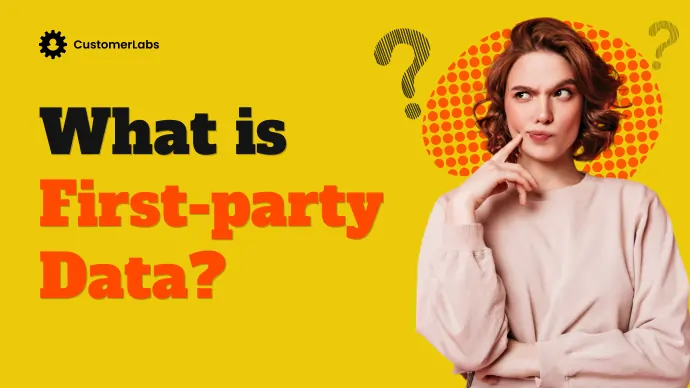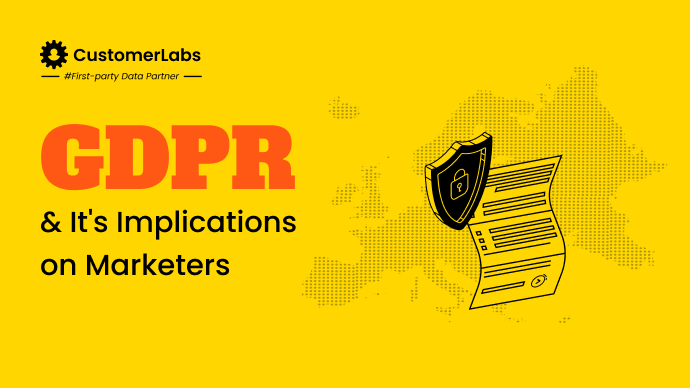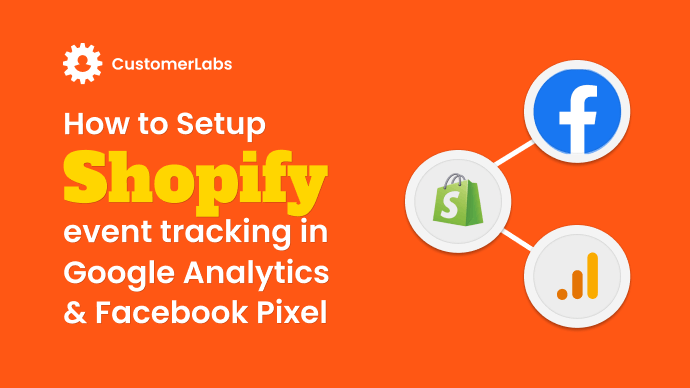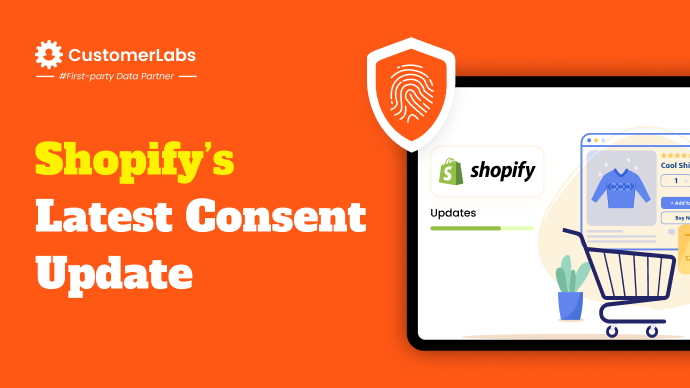
Recently you might have noticed the discrepancy between Shopify data and GA4 data. The difference is because of a major change in the Shopify tracking. This silent update by Shopify in the middle of the peak festive season, in November 2023, confused marketers.
What Change Did Shopify Bring?
Shopify, without any warning or notice, has changed the default method of user data collection. Marketing and analytics data from the users in the European Union (EU) and the United Kingdom (UK) is collected only after they give consent. Earlier, the default option was ‘collected before consent’ and now the default option is ‘collected after consent’.
This sudden change without warning pushed marketers into panic mode. The current move that Shopify brought in, is compliant with GDPR and other data privacy laws. For now, the change is limited to the users in the European Economic Area (EEA) and the United Kingdom (UK).
Moving forward Shopify might make this change the default for all the countries because all the countries are realizing the importance of user data privacy. For instance, the President of India has recently signed the Digital Personal Data Protection Act, 2023 which will be enforced in the next 8 months (most probably by June 2024).

How Does This Affect Shopify Event Tracking?
This new update affects the data collected for marketing and analytics purposes. The direct Conversions API integration in the Shopify store is also affected as the user event data is not tracked at all when the user’s location is EEA or UK.
The default setting is changed from partially collected before consent to collect after consent. Therefore the Shopify event tracking does not yield accurate results. There is a lot of signal loss that happens, causing discrepancies in the data sent to Google Ads, Google Analytics, Meta Ads, and others.
The Shopify marketing analytics will also not be able to give you the full accurate data. So, if you are relying on the data in the Shopify dashboard, then be cautious as to what you see. Do not believe what you see.
How to know if you are affected by this Shopify update
If you noticed a sudden dip in web traffic from European regions, your store is likely affected by this update. Compare the data in your Shopify Analytics and Google Analytics. The analysis of this data gives you a clear picture to know if your Shopify store is affected by this update.
Why Did Shopify Bring In This Event Tracking Change?
With Meta facing huge fines in the EU for not complying with GDPR, all the big tech companies are looking towards GDPR compliance. The recent move by Shopify is partially a move towards GDPR compliance. GDPR, to date, is seen as the ideal data protection regulation that all the other companies are looking toward. India’s DPDP, California’s CCPA, Virginia’s CDPA, and others see GDPR as an ideal regulation and have almost all the provisions of GDPR.
So, to avoid any further complications and fines from the Governments / Law implementing agencies, Shopify has made a clever move.

How To Implement Shopify Event Tracking Amidst The Consent Update
You can fix the Shopify event tracking issue amidst this major update by Shopify which prevents tracking users before consent. Here’s the 3-step framework to quick fix:
Step 1: Temporarily, find the customer privacy settings and change the option to ‘collected before consent’.
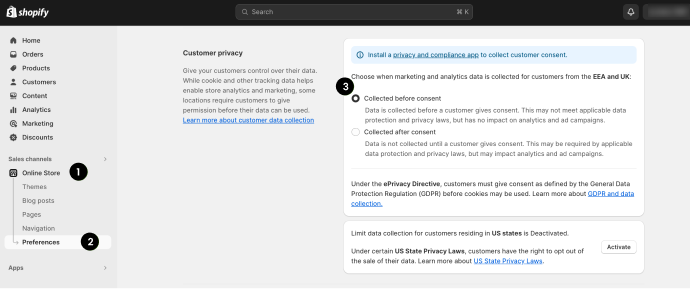
Note: This temporary fix might not be available forever as Shopify also looks forward to transitioning into a tool that complies with data privacy laws and regulations.
Step 2: Adopt a consent manager to display a cookie consent banner for the people in EEA and the UK. Cookiebot, cookie-script, and other cookie consent managers are easy to implement the same.
Step 3: Use server-side data collection using tools such as CustomerLabs 1PD Ops to collect first-party data.
Using CustomerLabs 1PD Ops will ensure to have one source of truth for all your customer data by having a unified profile for every user. User behavior data is stored in a GDPR-compliant way and helps you use it across multiple ad platforms.
Here’s How We Checked The Impact Of This Change
Collected Before Consent
For the users from the EEA and UK, we have first chosen the option ‘collected before consent’ in Shopify’s Consumer privacy settings in the preferences under Online Store.
The data flowed seamlessly into the CustomerLabs app.
This option has no impact and therefore, when we looked at the data and the event parameters we were able to collect were all there.
We can collect enough data to send it to Meta and other ad platforms through the server in a secure way, preserving the privacy of the user.
Collected After Consent
Next, we have turned on the “collected after consent” option. With this on, when the user comes in and makes a purchase, all the behavior data is still flowing seamlessly into CustomerLabs 1PD Ops. This is because it is first-party data and is a privacy-preserving method of collecting data and activating it across ad platforms.
So, even when you choose the “collected after consent” option, using a tool like CustomerLabs 1PD Ops, you can seamlessly and securely collect your user data. Anonymize their data, group it, and understand the behavior to come up with marketing strategies and a personalized ad experience.
The above experiment has instilled confidence in our clients. The customer data is not being missed out due to any of the policy changes as our innovative technology is compliant with GDPR already.
Conclusion
The update released by Shopify on October 31, 2023, that changes how the data is collected is a milestone in its goal to be fully privacy compliant. After the limited data use (LDU) in California, Colorado and Connecticut, the collected after consent option in EEA and UK, Shopify is trying to be compliant with all these data privacy regulations. The only way to leap ahead into the future is to start collecting your first-party data using a privacy complaint customer data platform.

